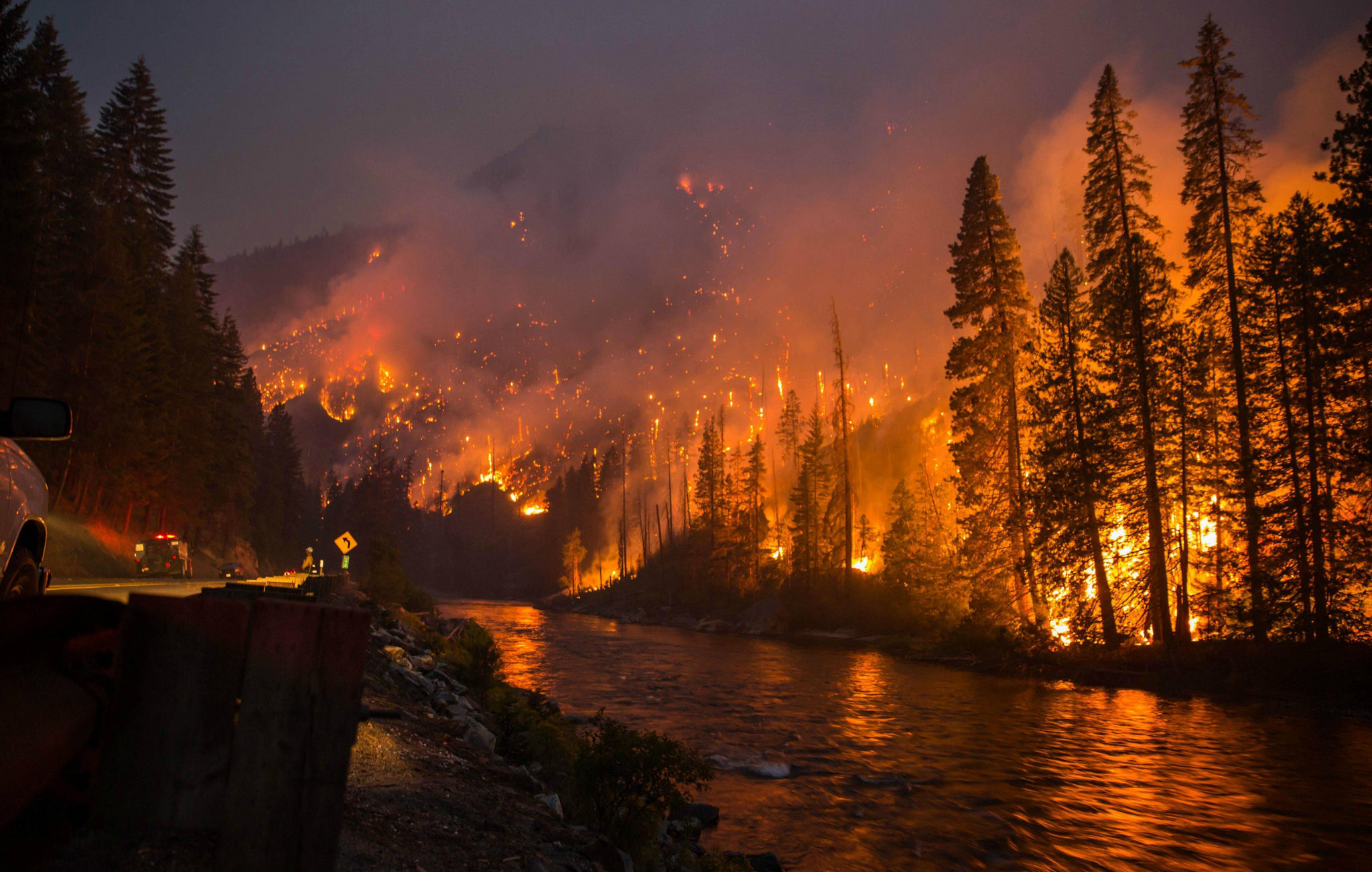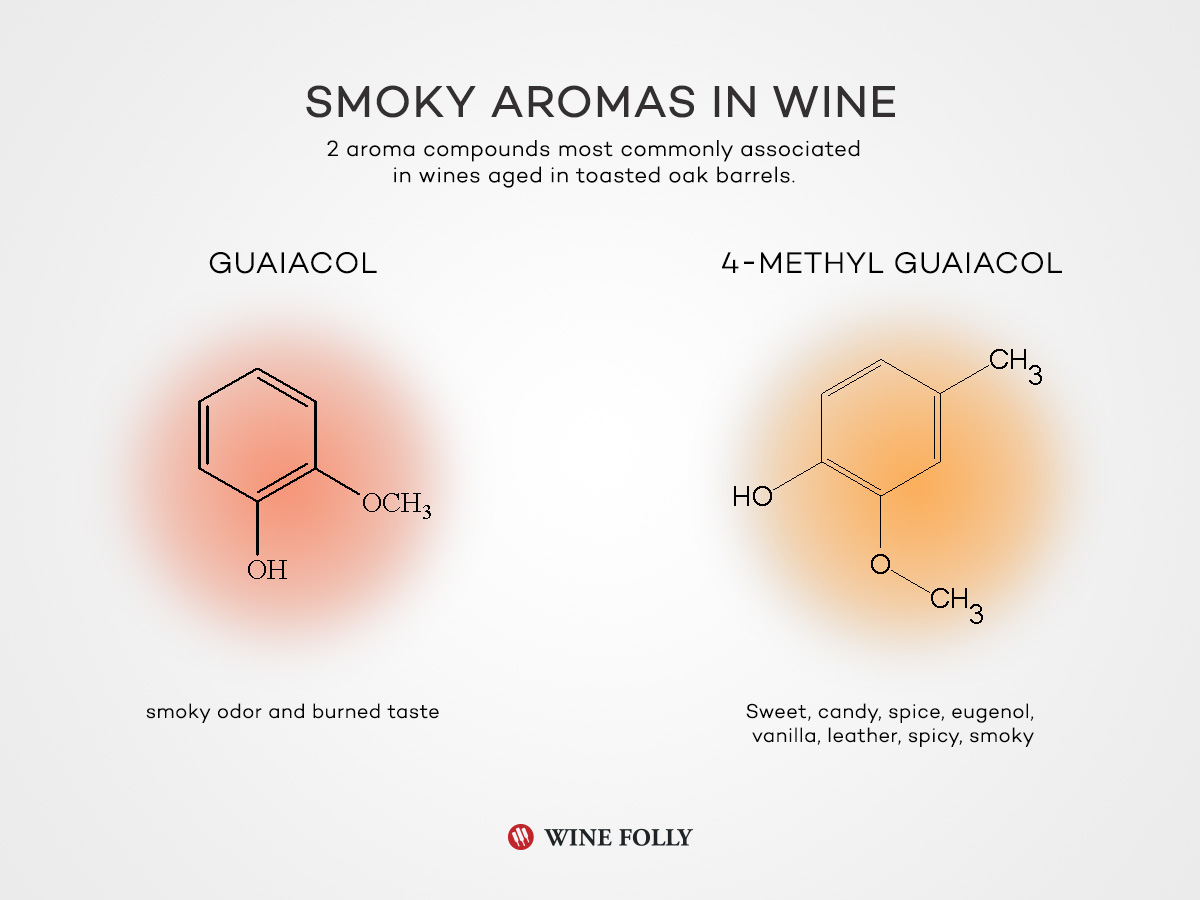The wildfires in the Northwest in Washington, Oregon, Idaho and Canada have claimed nearly a million acres of land. The resulting air quality in the entire region from August 21–23, 2015 was marked as dangerous to breath by Airnow.gov, ranking worse than smog in Los Angeles. As the smoke begins to settle we’re left wondering what will it mean for Washington and Oregon wine? Many major wine regions are adjacent to the wildfires and have been wholly exposed to the fallout.
Will the 2015 vintage be ruined by wildfires?

Smoke from Washington wildfires is not only a concern for human health but also Washington agriculture (including wine). by Washington DNR
To answer this question we investigated a few other legendary wine region fires: The Australian bushfires of 2003 and the “Year of the Fires” in Mendocino, CA in 2008. After the 2003 bushfires in South Australia, the Australian Wine Research Institute conducted an in-depth scientific investigation to find out if the smoke affected Aussie wines and how. They wanted to know if there are health concerns associated with smoke tainted wines. Their research revealed that, yes indeed, if wines weren’t corrected, smoke taint added two distinct compounds to wine: guaiacol (commonly called Creosote) and 4-methyl guaiacol. Before you run screaming, you should know that the compounds when found in wine aren’t bad for your health. In fact, you know these smoky compounds quite well, they’re used all the time in the aroma/food industry in everything from cologne to barbecue and liquid smoke.
“These smoky compounds are [in] everything from
cologne to barbecue and liquid smoke.”
Turns out, guaiacol and 4-methyl guaiacol are common in the wine industry too. When winemaker’s use toasted wooden barrels to impart vanilla-like flavors into wine, it’s they also get smoky tasting compounds from aging wine in charred oak barrels. Of course, it’s one thing to impart flavor on purpose, it’s quite another to have it contributed at random from a forest fire. Smoke taint adds more than just pretty woodsy, smoky, vanilla flavors it also was noted to add an abrasive bitter charred taste.
Smoke Flavors: Not So Good For White Wines
The concern for smoke taint is high with white and sparkling wines. We asked winemaker Landon Sam Keirsey, at Karma Vineyards (a specialty sparkling wine producer on Lake Chelan) what he thinks about 2015 wines and smoke taint:
“We haven’t had a fire directly next to the vineyard which is to my understanding how you pick up taint. However, the lingering smoke and falling ash is also a concern. We will be doing a couple things to combat that, including fining with yeast hulls pre-fermentation and pressing grapes lightly so the skins don’t contaminate the juice.”
Landon Sam Keirsey, Asst. Winemaker, Karma Vineyards, Lake Chelan
Keirsey told us that winemakers and viticulturists are lab-testing their grapes so that contamination will be further reduced. His one concern is the large cost the fires will have on the region, from the economic stress on the many farms (Washington is the world’s largest producer of apples), to the natural environment. One thing is certain, it will take at least a half-century for forests to recover what they lost in the fire.
